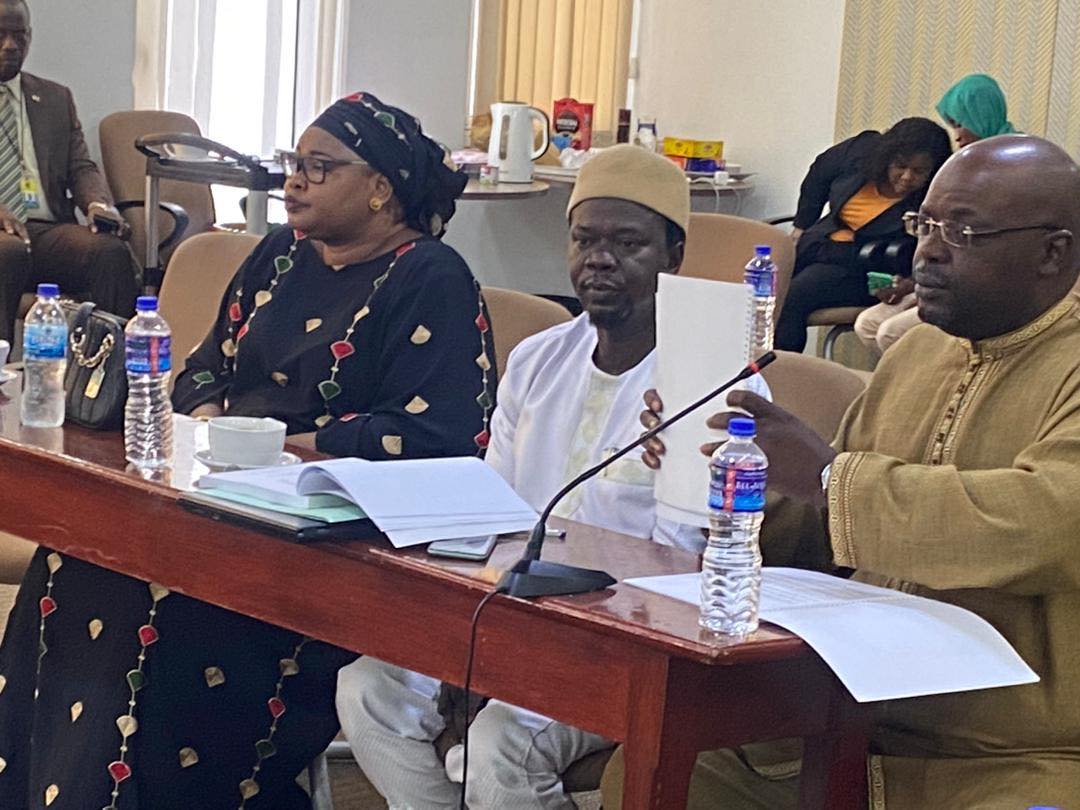The International Monetary Fund representative in the Gambia has said at Atlantic hotel in Banjul yesterday that The Gambia still at risk of debt as she said the country’s debt to GDP ratio is at 88%.
Ruby E.M Randall has said: “The Gambia remains a regional outlier with a debt to GDP ratio of 88% at the end of 2017. Even after the rebasing of the GDP which increased nominal GDP by 47% and its debt services ratios are about four times higher than the regional average.”
But she added that the Gambia is expected to restore debt sustainability within the context of implementation of its ongoing reform agenda which aims to strengthen fiscal sustainability.
Meanwhile, she said the country’s growth is forecasted to remain robust and exceed the regional average if the authorities stay on course with the current reform agenda to enhance fiscal sustainability in reducing fiscal risks from state- own enterprises.
She further said that adjustment is needed to reduce fiscal deficits to ensure a balance adjustment to place sufficient emphasis on revenue mobilization to reduce debt vulnerabilities.
She affirmed that IMF is providing technical assistance to several member states in the sub-Saharan Africa to strengthening its revenue administration and taxation policies to boost income generation.
She said: “Sub- Saharan Africa rebounded to 2.7% in 2017 and now is projected to increase to 3.1% and 3.5% in 2018 and 2019 respectively.”
According to her, growth is high among the non- resource intensive countries which are expected to continue growing at rates in excess of 6%, adding growth in the Gambia has been more volatile than the region average.
She added: “in 2017 growth in the Gambia was revised upwards from 3.5% to 4.6% in 2017, following the GDP rebasing that broadened the scope of coverage to encompass other dynamic sectors and industries that were previously not captured in the national accounts.
She called for need to enhance resilience and raise potential growth to shield the recovery and create enough jobs for those entering the region’s workforce, noting about 20 millions new jobs are needed per year to employ new workers.
“The current level of debt is concerning because of the high level of interest payments associated with it and a growing number of sub-Saharan Africa countries are either at high risk of debt distress or already in debt distress,” she continued.
She said debt vulnerabilities continue to rise in many Sub-Saharan Africa countries, and that the policy action is needed to strengthen fiscal positions and enhance debt sustainability.
Author: Sulayman Waan





